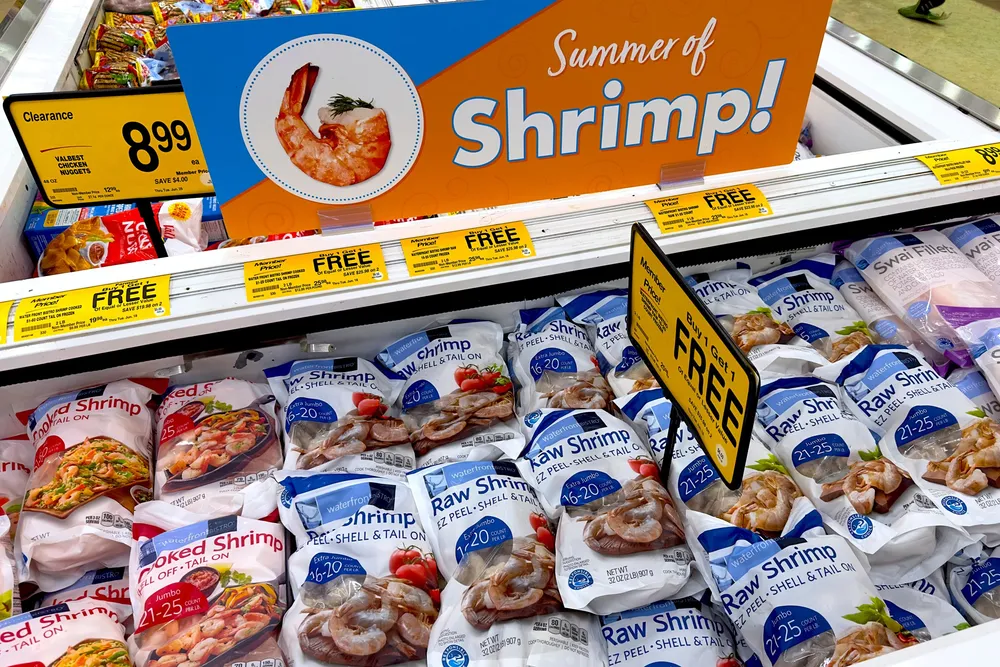In a world where seafood consumption is on the rise, the “Happy Protein” shrimp marketing campaign attempts to connect with consumers through vibrant imagery and a welcoming approach. However, as industry experts weigh in, the debate looms: **can it truly deliver on its promises?**

The Promise of the "Happy Protein" Campaign
A Fresh Approach to Seafood Marketing
The seafood industry has long struggled with marketing its products effectively. Yet, the "Happy Protein" campaign seeks to turn this narrative around. With bold visuals and a friendly tone, the campaign aims to create an emotional connection with potential customers. It’s designed to highlight the positive aspects of shrimp as a dietary choice, emphasizing joy and satisfaction.
Missing the Mark?
Skipping the Hard Conversations
Despite its appealing aesthetics, some critics argue that the campaign overlooks crucial elements. According to seasoned seafood marketing executives, it "skips the hard part" of infusing shrimp with deeper meaning. While clean visuals are engaging, they may not address consumer concerns, such as sustainability, sourcing, and ethical practices.
In a world increasingly focused on these issues, simply showcasing shrimp without discussing their origins or ecological impact may leave consumers feeling uncertain. A transparent narrative could bolster trust and loyalty among the target audience, elevating shrimp from mere food to a meaningful choice in their diets.
Evaluating the Competition
How Does It Compare?
When compared to other successful campaigns in the market, "Happy Protein" may lack the depth that resonates with eco-conscious consumers. Campaigns that weave storytelling with factual integrity often take the lead.
The Element of Transparency
For instance, brands like Wild Alaska Salmon have successfully cultivated a narrative around sustainability and responsible sourcing. Their marketing strategies don’t just sell a product; they offer a lifestyle choice that appeals to ethically-minded customers.
The Path Forward
Recommendations for Success
To ensure that the "Happy Protein" campaign doesn’t just look good but also performs well, it could benefit from integrating the following elements:
- Transparent Sourcing: Openly discuss where the shrimp are sourced and the methods used.
- Sustainability Messaging: Highlight efforts to minimize environmental impact.
- Engaging Storytelling: Share stories of the communities involved in shrimp harvesting.
Conclusion
In summary, while the "Happy Protein" shrimp campaign presents a fresh and friendly face for the seafood industry, it faces critical challenges that could hinder its success. By digging deeper into the issues that matter to consumers, the campaign could transform from a mere marketing effort into a movement that elevates shrimp as a staple protein choice.
As we continue to follow this unfolding narrative, we encourage all industry players to participate in the conversation—after all, meaningful marketing is not just about selling; it’s about building trust.
Feel free to explore more about sustainable seafood sourcing from reputable resources like Seafood Watch or WWF’s Seafood Report. Together, let’s make shrimp not just a product but a choice worth celebrating!






